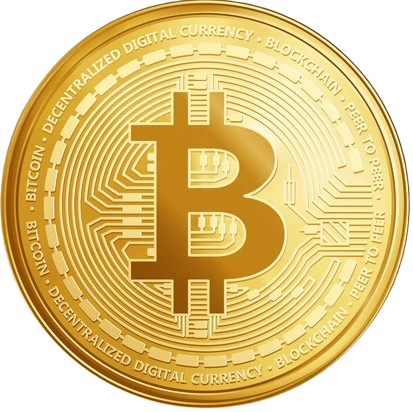
Bitcoin Housing Power - USA
How Many Bitcoins to Buy a Home in America (2007-2025)
← Back to Global BTC Housing Price Comparison
Select US State
Bitcoins Needed for a Home Over Time
Detailed Data for 2023
Housing Price
$450,000
+5.2% from previous year
Bitcoin Price
$65,000
+120% from previous year
Bitcoins Needed
6.92 BTC
-52% from previous year
Bitcoin as a Store of Value
Bitcoin Creation
When Bitcoin was first created, it had no formal exchange value. Had you bought just $100 worth of Bitcoin in 2010 when prices were first recorded, that would be worth millions today - enough to buy multiple luxury homes.
Early Adoption
During these early years, Bitcoin went from being virtually worthless to several hundred dollars. The number of Bitcoins needed to buy a home decreased from millions to thousands - a dramatic increase in purchasing power.
Growing Recognition
As Bitcoin gained mainstream recognition, its value increased substantially. By 2017, the amount of Bitcoin needed to purchase an average US home had decreased to double-digits - showing Bitcoin's potential as a serious store of value.
Institutional Adoption
Major companies and institutional investors began adding Bitcoin to their balance sheets. Despite market volatility, the long-term trend continued - fewer Bitcoins were needed to purchase real estate as Bitcoin continued to outpace housing inflation.
Maturation and Integration
Bitcoin has matured as an asset class. While housing prices continued to climb in fiat terms, Bitcoin's purchasing power for real estate has continued to strengthen, requiring significantly fewer coins to purchase the same property compared to previous years.